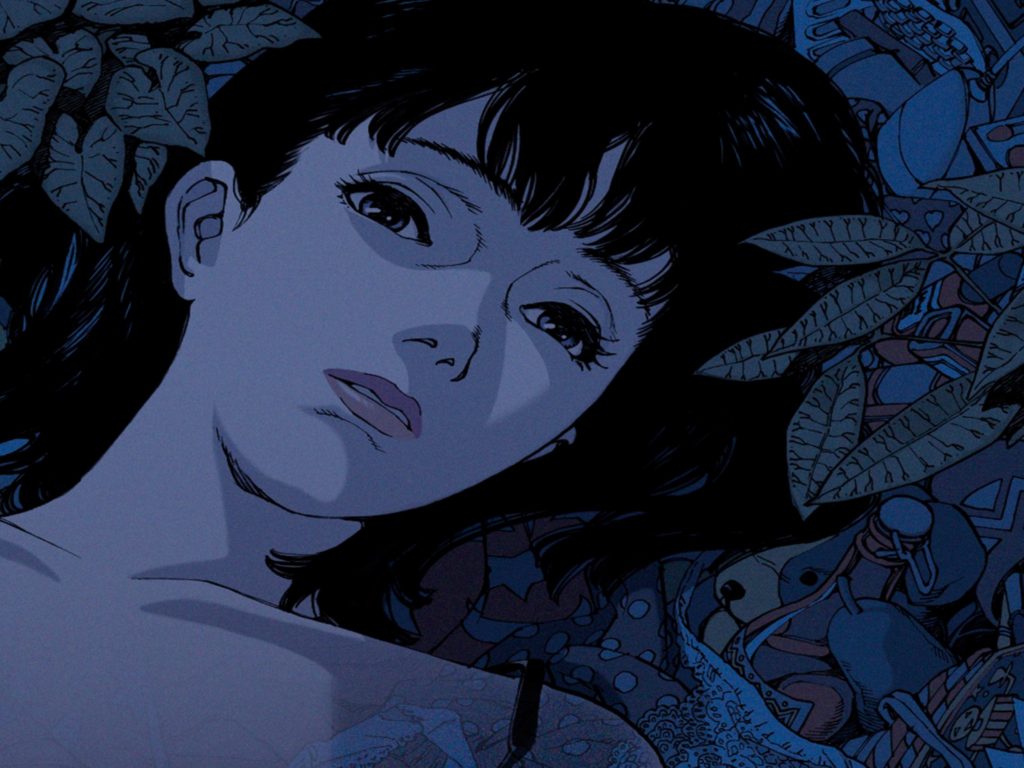It’s highly likely that the average person has seen or heard about Hayao Miyazaki’s films (Spirited Away, to name one). His is a household name. But it’s less likely that most in the States would recognize the name Satoshi Kon. That’s a shame, because the late director and artist created some of the most penetrating, intelligent, and beautiful works ever in anime and manga. Many of his works dealt in the surreal, blending reality and fantasy while mining the depths of the psyche. While his oeuvre — which includes such acclaimed classics as Millennium Actress, Tokyo Godfathers, Paprika, and the anime series Paranoia Agent — is often very particular to Japanese culture, all of them speak to universal themes. Kon died in 2010 at the age of 46, leaving his final film, Dreaming Machine, sadly unfinished. Which is why, as we wait for that project’s completion (please finish the film, Masao Murayama!), it’s exciting to see Kon’s 1997 directorial debut Perfect Blue restored and re-released by GKIDS and Fathom Events in select US theaters this month.
Americans have, up to now, been able to see Perfect Blue (which was released in the United States on VHS in 1999) by taking it out from a library or purchasing it or finding it online, and so on, but never have they gotten to enjoy it theatrically. Hopefully this new release will help bring Satoshi Kon’s work to American audiences and give it the wider recognition it deserves.
The plot of Perfect Blue is vintage Kon. A pop singer, Mima Kirigoe, is adored and idolized by fans. Her decision to become an actress causes one obsessed fan to stalk and pursue her. But all is not as it may seem, and that is all that should be said here — spoiling it would be a shame. In classic Kon fashion, there are twists you don’t see coming and an ever-present feeling of unreality: what is real and what is fiction? And even more so, as Mima asks throughout the film, “Who am I?” The film truly has to be seen for oneself.
What’s so impressive about Perfect Blue is how amazingly relevant the film and its themes are in 2018. Ours is an era of willingly volunteering our personal information to others online through social media. Personas are created and abandoned; lines are blurred between the on-and-off-line world. Individuality is being redefined, and the obligations of public figures toward said public are constantly questioned. The major difference between when Perfect Blue was released in 1997 and today is that these things are ubiquitous now through the internet and smartphones in our pockets; there are even more cameras now, more outlets, more ways to create a new “you” on, say, YouTube. The themes of the film — multiple personas, obsession, voyeurism, celebrity, the need for approval — are all themes we deal with every day in our own modern, connected society. Like the best films, Perfect Blue is timeless in how it probes these topics.
If you’re able to see it, Perfect Blue will be in select US theaters on September 6 and 10. Hurry up and get your tickets here if it’s playing nearby. If you can’t make it to a theater, do yourself a favor and find a way to watch Satoshi Kon’s anime masterpieces. A deeper view of society and the self awaits.
Thanks for reading The Dot and Line, where we talk about animation of all kinds. Don’t forget to for this article and follow us on Twitter and Facebook.
